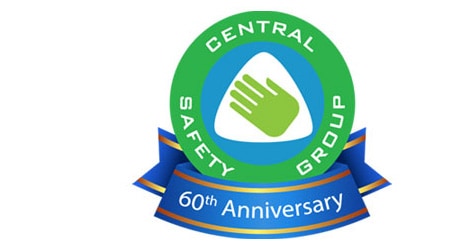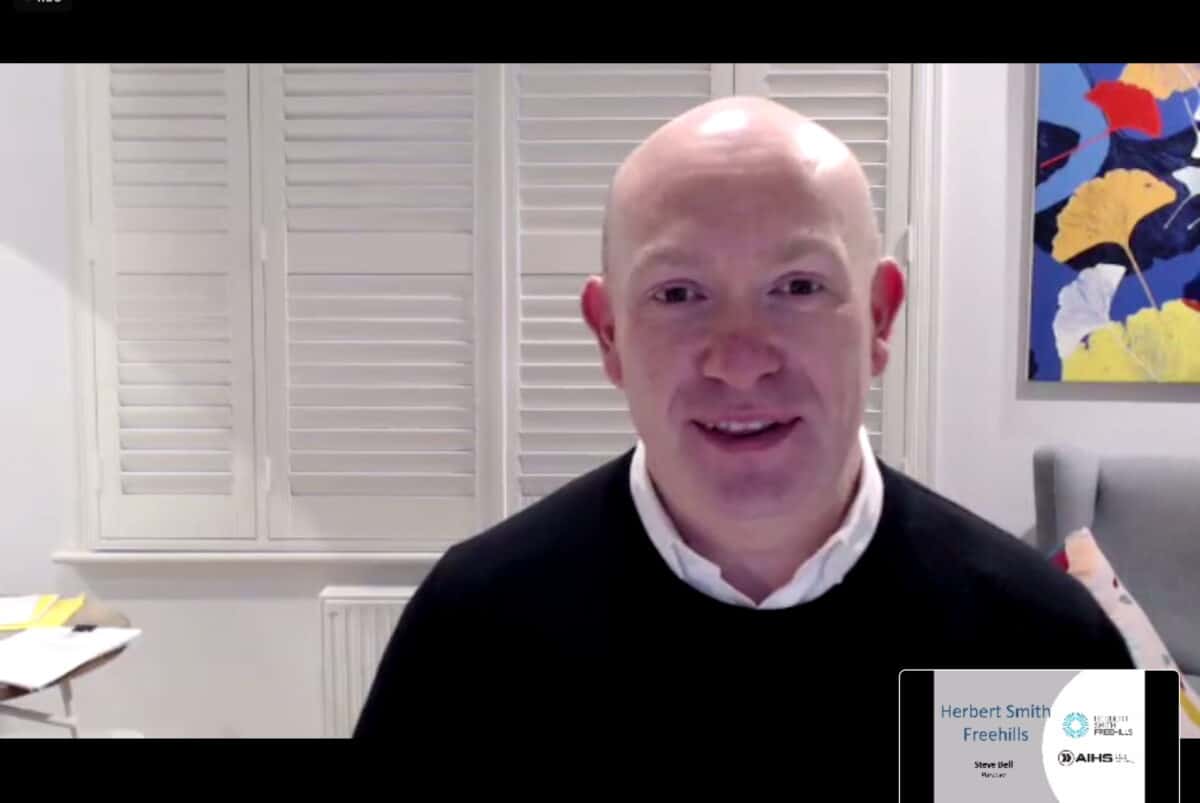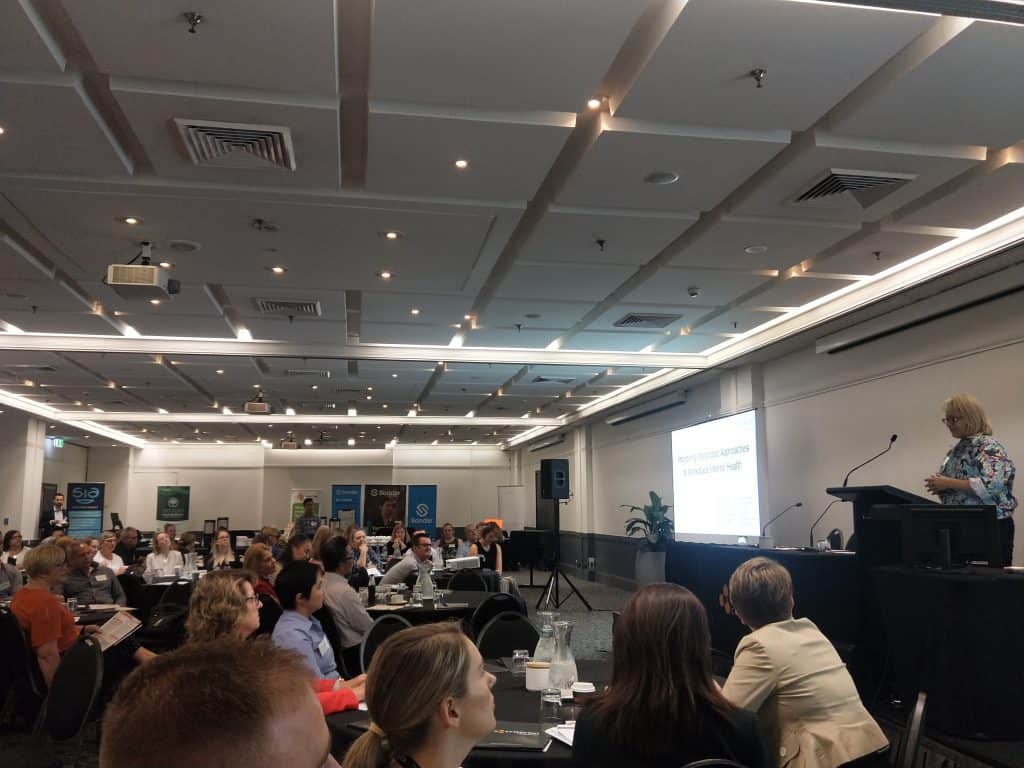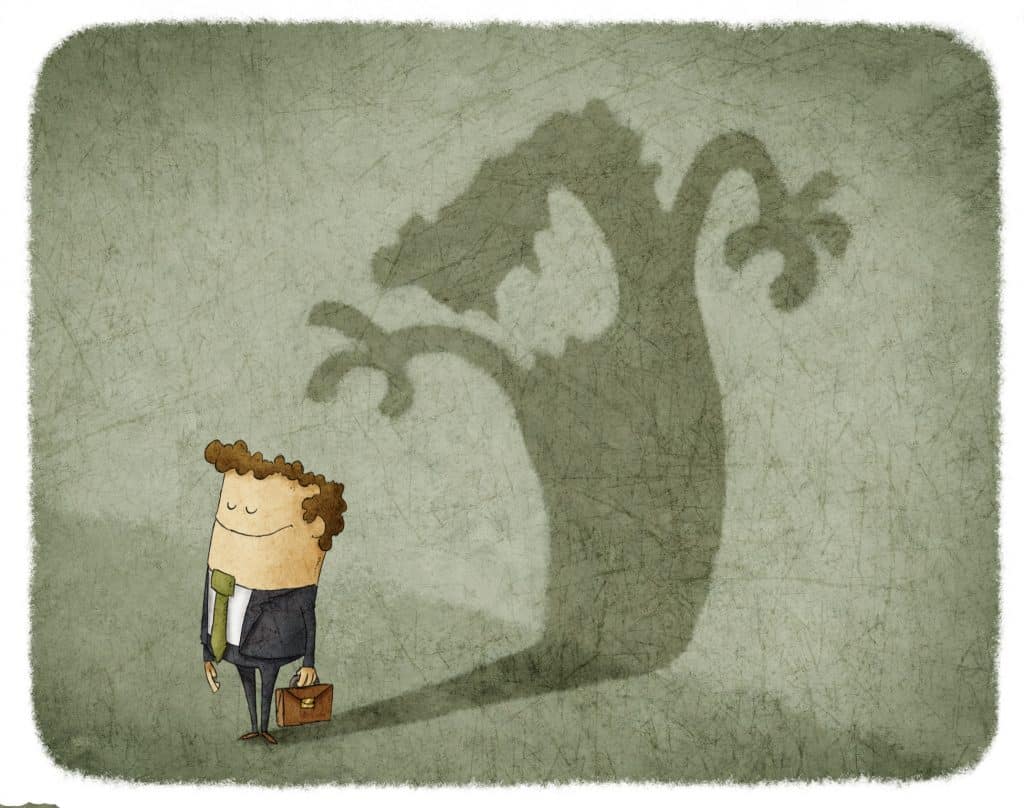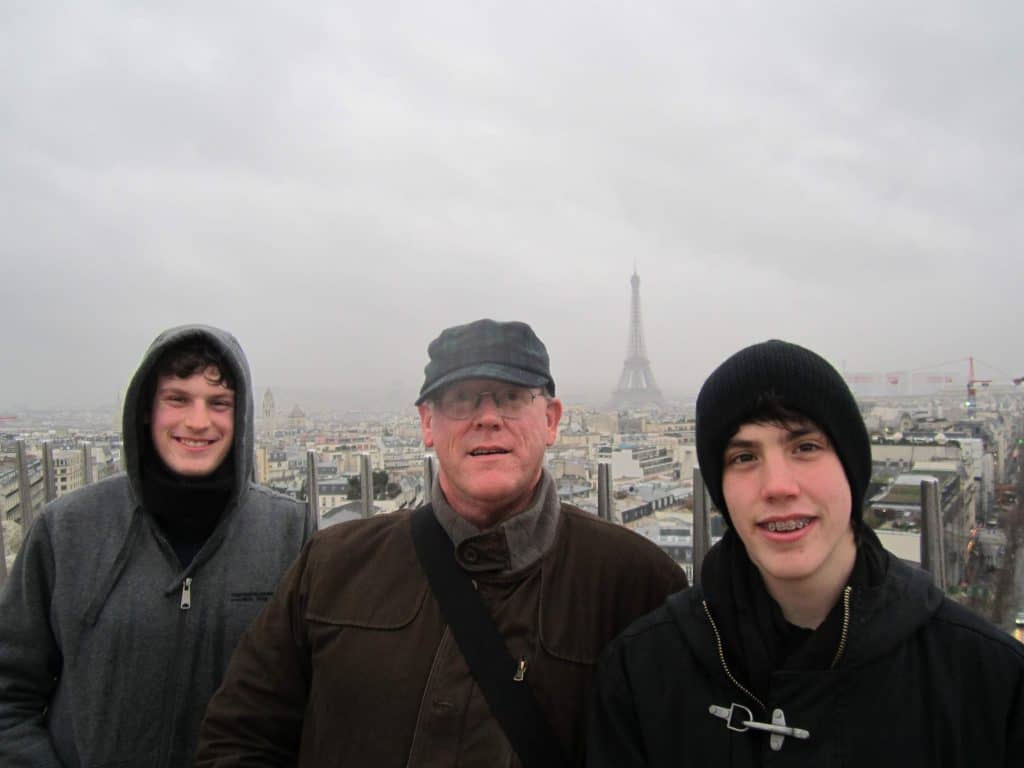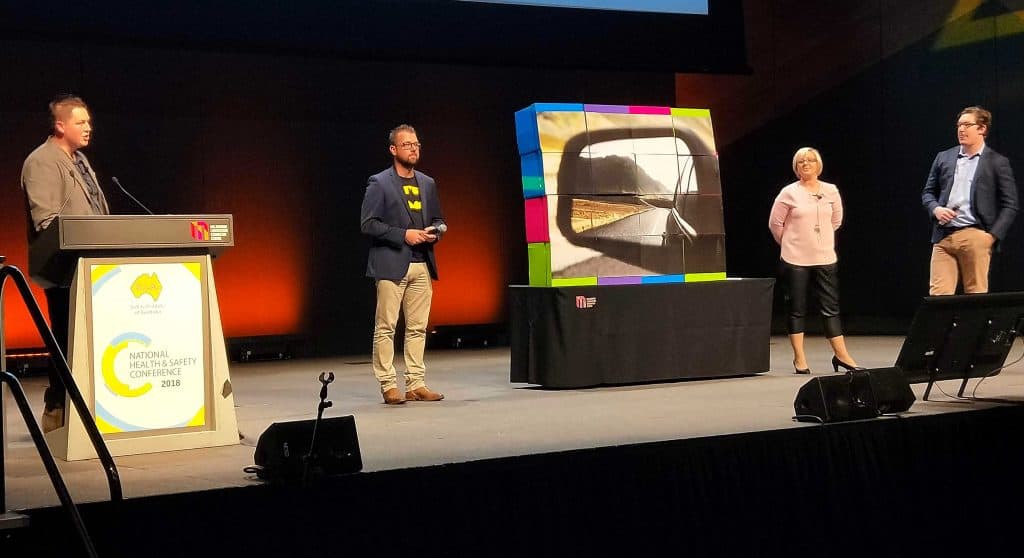Yesterday the Central Safety Group (CSG) invited me to talk at its monthly lunchtime seminar. The topic was New Perspectives on OHS. These perspectives are likely to be familiar to subscribers of this blog but were intended to be provocative and foster reflection and discussion. Below is a substantially edited version.
Thanks for inviting me to be the first speaker in CSG’s 60th anniversary year. The Central Safety Group has been an important part of my OHS journey since the very start in the early 1990s. It is a remarkable achievement for the Group and, as a Life Member, I am very proud of my association with it.
OHS can become very insular. It can become too focussed on issues within a single industry, a single worksite or a discipline. This insularity can lead to OHS reaching seemingly operational dead ends, such as “this is the way it is” or what is “reasonably practicable are”. We may seek continuous improvement, but our employers and clients often see “reasonably practicable” as the endpoint of activity. It can become their comfort point of compliance.

